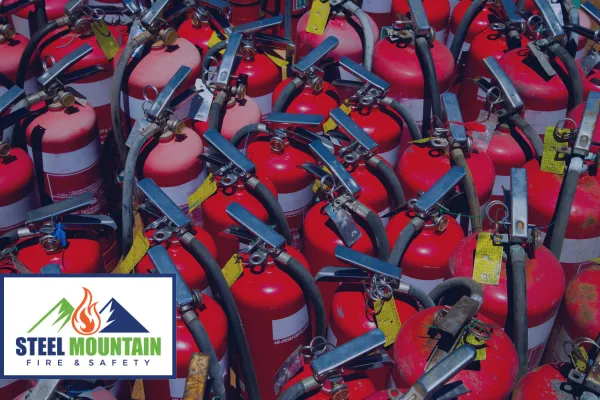
Fire Extinguishers 101: Choosing, Using, and Maintaining Your Equipment
Fire extinguishers are essential safety devices that can help control small fires before they escalate into larger, more dangerous situations. Understanding how to choose, use, and maintain your fire extinguishers is crucial for ensuring safety in homes, workplaces, and public spaces.
Choosing the Right Fire Extinguisher
When selecting a fire extinguisher, it's important to consider the types of fire hazards present in your environment. Fire extinguishers are classified into different categories based on the type of fire they are designed to combat:
Class A: For ordinary combustibles like wood, paper, and cloth.
Class B: For flammable liquids such as gasoline, oil, and grease.
Class C: For electrical fires.
Class D: For combustible metals.
Class K: Specifically for kitchen fires involving cooking oils and fats.
Multipurpose extinguishers, often labeled as ABC, are recommended for general use as they can handle Class A, B, and C fires, making them versatile for various environments.
Key Considerations
Environment: Assess the specific fire risks in your home or workplace.
Accessibility: Ensure extinguishers are easily accessible and visible.
Size and Weight: Choose a size that you can handle effectively in an emergency.
Using a Fire Extinguisher
Knowing how to use a fire extinguisher correctly can make a significant difference in an emergency. The PASS technique is a simple and effective method for operating most fire extinguishers:
Pull the pin to unlock the extinguisher.
Aim the nozzle at the base of the fire.
Squeeze the handle to release the extinguishing agent.
Sweep the nozzle from side to side until the fire is out.
Important Safety Tips
Only use a fire extinguisher on small, contained fires.
If the fire is large or spreading, evacuate immediately and call 911.
Ensure you have a clear escape route before attempting to extinguish a fire.
Maintaining Your Fire Extinguisher
Regular maintenance of fire extinguishers is vital to ensure they function properly when needed. Here are some maintenance tips:
Check the Pressure: Ensure the pressure gauge is in the green zone.
Inspect for Damage: Look for any signs of physical damage, corrosion, or leaks.
Service Regularly: Have extinguishers professionally serviced and inspected annually, with more routine maintenance required at different intervals depending on the type of extinguisher.
Replace Expired Units: Fire extinguishers have a shelf life; replace them when they expire.
Conclusion
Understanding how to choose, use, and maintain fire extinguishers is essential for fire safety. By being prepared and knowledgeable, you can effectively protect yourself and others in the event of a fire. For more detailed information on fire extinguishers, consider exploring resources such as theHow To Choose and Use Fire Extinguishers.